Alligators, those prehistoric-looking reptiles that have roamed Earth for over 37 million years, are far more complex and capable than most people realize. While their fearsome reputation often precedes them, these remarkable creatures possess abilities that extend far beyond their powerful jaws and intimidating presence. From surprising maternal behaviors to unexpected climbing skills and remarkable adaptations that have ensured their survival across millennia, alligators are truly extraordinary animals. This article delves into 18 fascinating capabilities of alligators that showcase their remarkable evolution, intelligence, and adaptability – revealing why these ancient reptiles continue to thrive in today’s world.
18. Climb Fences and Trees

Despite their bulky appearance and short legs, alligators possess surprising climbing abilities. These reptiles can scale chain-link fences, brick walls, and even climb trees. Young alligators are particularly adept climbers, using their powerful claws and tails for balance and leverage. Researchers have documented alligators climbing up to 5-6 feet high in trees along riverbanks. This behavior serves multiple purposes, including thermoregulation (basking in sunlight at different heights) and surveying their territory. While they may not be as nimble as squirrels, their climbing capability demonstrates remarkable adaptability that most people wouldn’t expect from such seemingly cumbersome creatures.
17. Gallop at Impressive Speeds
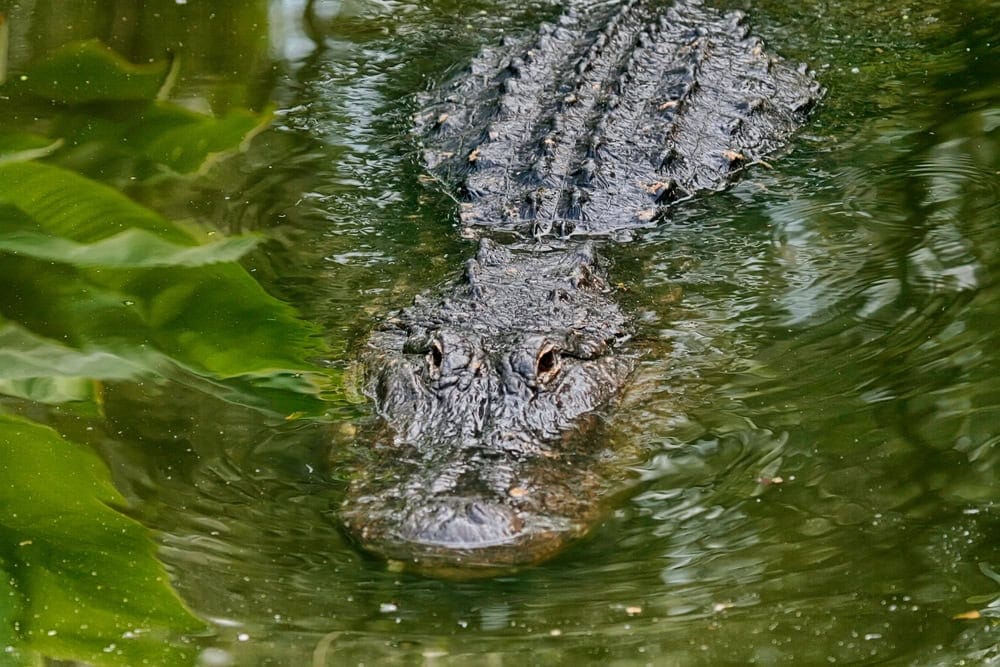
While alligators typically move slowly on land, they can actually “gallop” or “bound” when necessary, reaching speeds up to 11 mph (17.7 km/h) for short distances. This high-speed movement involves the alligator lifting its body completely off the ground in a motion similar to a horse’s gallop. Not all crocodilians can perform this feat—it’s primarily observed in alligators and crocodiles. This galloping ability is rarely witnessed because alligators generally prefer to conserve energy, but when motivated—especially when feeling threatened—they can demonstrate this surprising burst of speed. The gallop is an ancient locomotion pattern that dates back to their prehistoric ancestors and serves as another reminder of their evolutionary success.
16. Survive Being Frozen in Ice
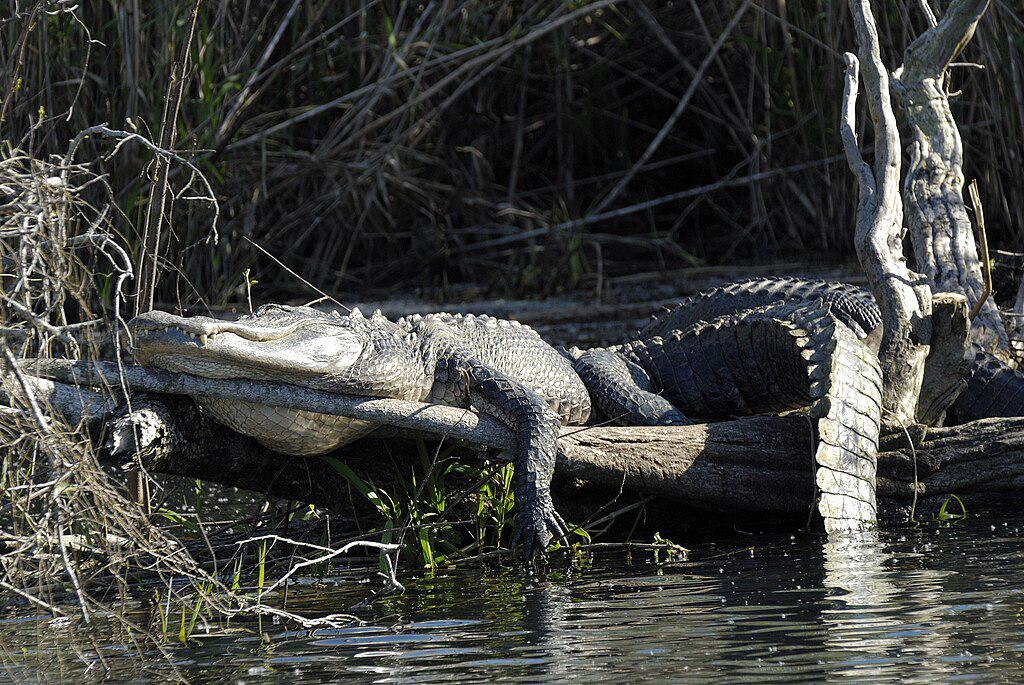
Alligators have developed a remarkable survival technique called “brumation,” a reptilian version of hibernation. When waters freeze over, alligators can continue to survive by keeping just their nostrils above the ice line. In truly extreme conditions, they can survive being completely encased in frozen water by entering a state of dormancy where their metabolism slows dramatically. During this state, they can survive for several months without food. A viral video from North Carolina’s Swamp Park showed alligators using this survival strategy, keeping their snouts above the frozen surface while the rest of their bodies remained suspended in the freezing water below. This adaptation allows alligators to survive in regions that experience occasional freezing temperatures, expanding their habitat range beyond what might be expected for a reptile.
15. Use Tools for Hunting

Alligators have been observed using tools—a behavior once thought exclusive to mammals and birds. Researchers have documented alligators and crocodiles balancing sticks on their snouts to lure nesting birds. This behavior has been observed during bird nesting seasons when egrets, herons, and other wading birds collect sticks for nest building. The alligators position themselves below nesting sites with sticks strategically placed on their snouts, attracting birds that mistake them for floating nesting material. When birds come close enough to collect the sticks, the alligators strike. This sophisticated hunting strategy demonstrates a level of cognitive ability previously underestimated in these ancient reptiles and places them among the select group of animals known to use tools.
14. Detect Prey Through Water Vibrations

Alligators possess specialized sensory organs called integumentary sense organs (ISOs) or dome pressure receptors. These small, pigmented domes are visible as black spots around their jaws and are exquisitely sensitive to pressure changes in water. The ISOs allow alligators to detect even the slightest vibrations created by potential prey moving through water. This sensitivity is so acute that an alligator can detect a single drop of water falling into its habitat from several feet away. This remarkable adaptation enables them to hunt effectively in murky waters with near-zero visibility and even locate prey in complete darkness. Additionally, these organs may help alligators detect changes in water pressure that precede storms, allowing them to seek appropriate shelter before severe weather hits.
13. Digest Bones, Hooves, and Horns

Alligators possess one of the strongest stomach acid compositions in the animal kingdom, with a pH approaching 1 (similar to battery acid). This highly acidic digestive environment allows them to break down parts of prey that most other predators cannot digest—including bones, hooves, horns, and turtle shells. Their digestive system is so efficient that they can utilize nearly 100% of their consumed prey, leaving virtually no waste. This digestive capability allows alligators to extract maximum nutrition from each meal, contributing to their ability to survive for extended periods between feedings. In fact, adult alligators can go up to two years without eating when necessary, sustaining themselves on fat reserves while their metabolism slows to conserve energy—an extraordinary adaptation that showcases their evolutionary perfection as predators.
12. Vocalize With Complex Communication
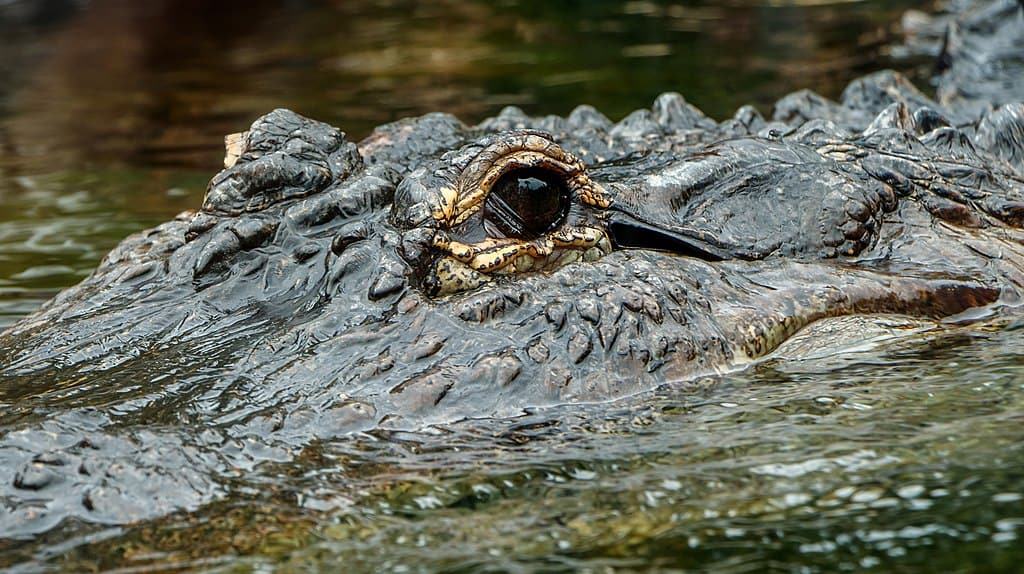
Far from being silent predators, alligators possess a sophisticated vocal repertoire that includes at least four distinct types of calls. Their infamous bellowing sounds can reach over 90 decibels—comparable to a lawn mower—and can be heard from up to a mile away. Males produce deep, resonant bellows that include infrasound components below human hearing range, causing the water around them to “dance” from the vibrations. Females respond with higher-pitched calls. Beyond mating calls, alligators produce warning hisses, juvenile distress calls that can summon protective adults, and contact grunts between mothers and babies. Research suggests these vocalizations serve multiple social functions including territorial declarations, mating coordination, and group cohesion. This complex communication system reveals a social complexity that many people don’t associate with reptiles.
11. Remember and Learn Over Long Periods
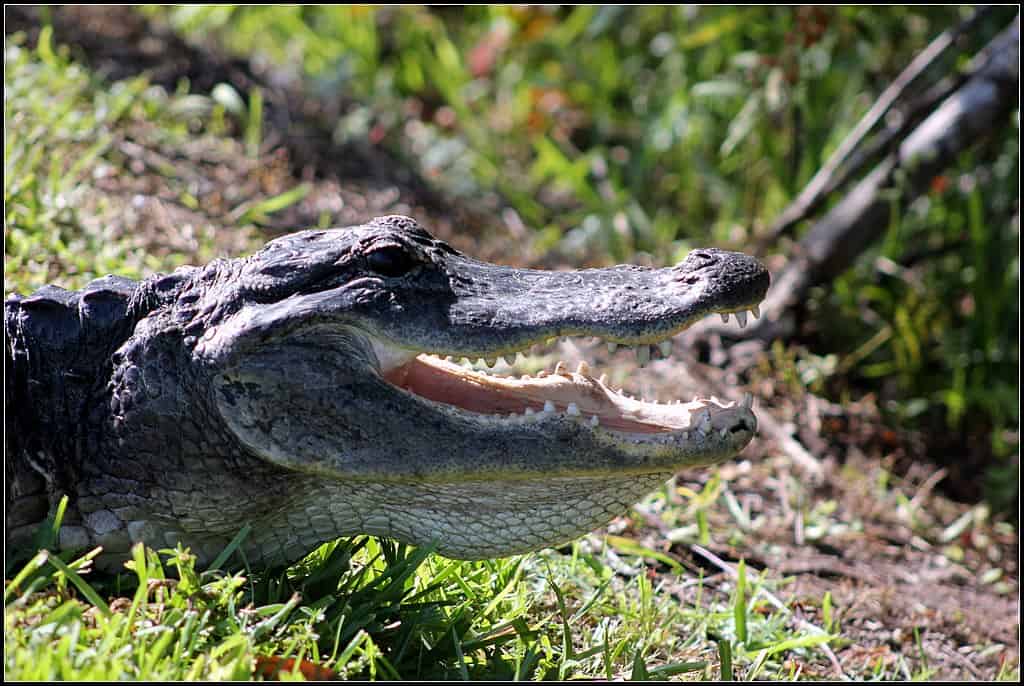
Alligators possess impressive cognitive abilities and long-term memory that contradicts the “primitive brain” stereotype often applied to reptiles. Research has shown that alligators can learn complex tasks and remember them for years. In captivity, they recognize their regular keepers, respond to their names, and can be trained to respond to specific cues. One study demonstrated that alligators could associate the sound of a bell with feeding time for over 10 years after initial training. In the wild, alligators remember seasonal migration routes and successful hunting locations. Mother alligators also remember the location of their nests and recognize the vocalizations of their offspring even among dozens of other young alligators. This cognitive sophistication suggests alligators possess a level of intelligence that has been historically underestimated and contributes to their evolutionary success.
10. Create Massive Underground Dens
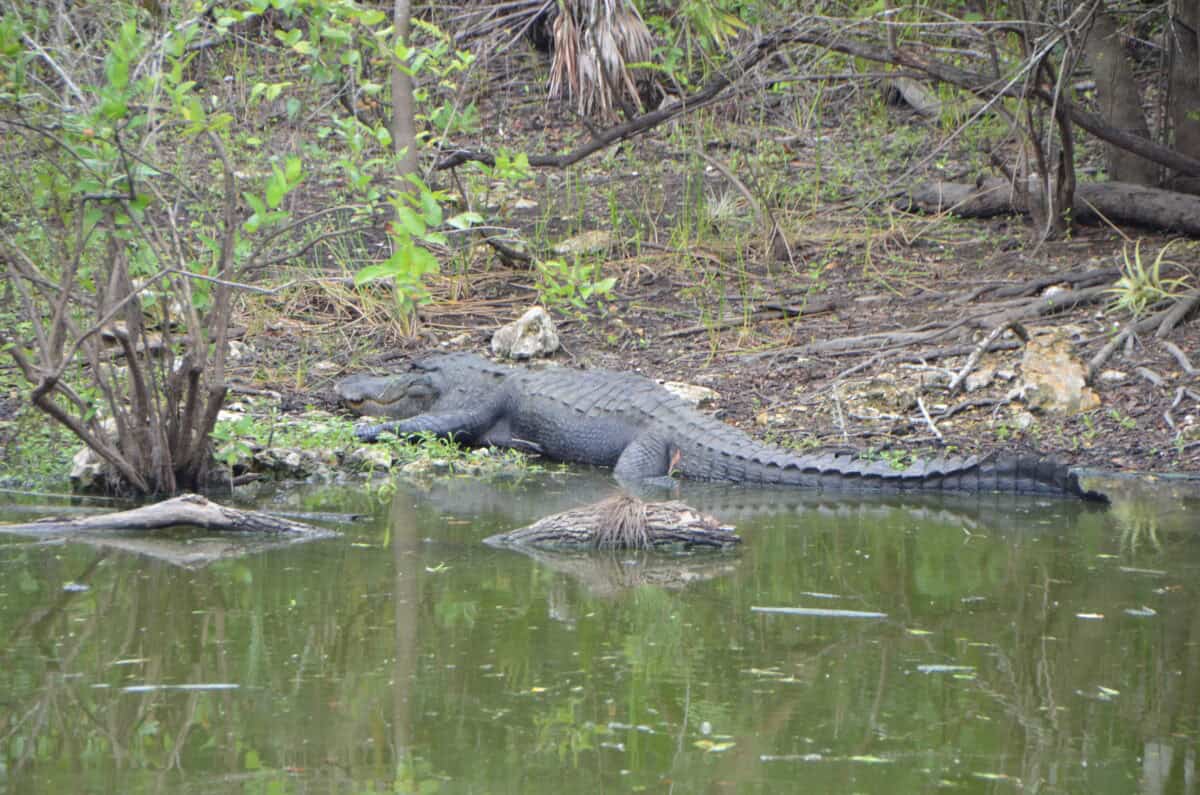
Alligators are impressive environmental engineers, creating “gator holes” that benefit entire ecosystems. Using their powerful tails and claws, alligators excavate dens in riverbanks or create deep depressions in wetlands that can measure up to 65 feet long and 40 feet wide. These gator holes retain water during dry seasons, providing critical habitat for fish, turtles, and other aquatic organisms that might otherwise perish. Some alligators create complex dens with underwater entrances leading to dry chambers above the water line. These structures serve as winter refuge during cold spells and can be used by the same alligator for decades. The engineering behavior of alligators helps maintain wetland biodiversity and water quality, making them a keystone species whose activities support countless other organisms in their ecosystem.
9. Live Over Seven Decades

Alligators possess remarkable longevity, with documented lifespans exceeding 70 years in both captivity and the wild. This exceptional lifespan is particularly impressive for a reptile and places alligators among the longest-lived vertebrates. Their longevity is attributed to several biological factors, including a naturally slow metabolism, extraordinary immune systems that demonstrate antimicrobial properties currently being studied by medical researchers, and an ability to regulate their growth rate based on environmental conditions. Alligators continue growing throughout their lives, albeit at a much slower rate after reaching sexual maturity. This combination of continuous growth and long life means the largest alligators encountered are often truly ancient individuals that have witnessed decades of environmental change. Their biological durability has contributed significantly to their survival as a species for millions of years.
8. Change Their Gender Before Birth

Alligators exhibit temperature-dependent sex determination (TSD), meaning the temperature at which eggs incubate determines the gender of the offspring rather than chromosomal factors. Eggs incubated between 90-93°F (32.2-33.8°C) typically develop into males, while those incubated below 86°F (30°C) or above 93°F (33.8°C) generally produce females. This adaptation allows alligator populations to naturally adjust their sex ratios based on environmental conditions. During extended warm periods, more females are produced, increasing the population’s reproductive potential. Conversely, cooler periods produce more males. This remarkable adaptation has significant implications in the face of climate change, as warming temperatures could potentially skew alligator populations toward female-dominant ratios. Researchers are currently studying how this might affect alligator populations and whether they can adapt to rapidly changing global temperatures.
7. Provide Extensive Maternal Care

Contrary to the perception of reptiles as cold, unfeeling parents, female alligators display extraordinary maternal care. After laying 20-50 eggs in carefully constructed nests of vegetation, females remain vigilant guardians for the 65-day incubation period, protecting eggs from predators and maintaining optimal nest conditions. When ready to hatch, babies emit distinctive vocalizations that prompt the mother to carefully uncover the nest and sometimes even assist hatching by gently cracking eggs in her mouth. She then carries her hatchlings to water in her mouth—a behavior requiring remarkable gentleness from an animal capable of crushing turtle shells. Mother alligators continue protecting their young for up to three years, responding to distress calls and defending them against predators including other alligators. This extended parental care is exceptionally rare among reptiles and represents one of the most sophisticated maternal behaviors outside of mammals and birds.
6. Survive Losing Limbs

Alligators possess remarkable healing abilities and resilience that allow them to survive severe injuries, including the loss of limbs. Their extraordinary immune systems prevent infection in wounds that would be fatal to most animals, while specialized blood chemistry includes powerful antibacterial properties currently being studied by medical researchers. Alligators can seal off blood vessels to prevent blood loss from traumatic injuries and redirect blood flow to essential organs. Their slow metabolism allows them to survive extended periods with limited mobility while healing. Remarkably, wild alligators have been documented surviving with multiple missing limbs, adapting their movement and hunting techniques accordingly. Some researchers believe alligators may possess limited regenerative capabilities for certain tissues, though not complete limb regeneration. These biological adaptations contribute to their reputation as living fossils that have survived virtually unchanged for millions of years.
5. Hold Their Breath for Hours
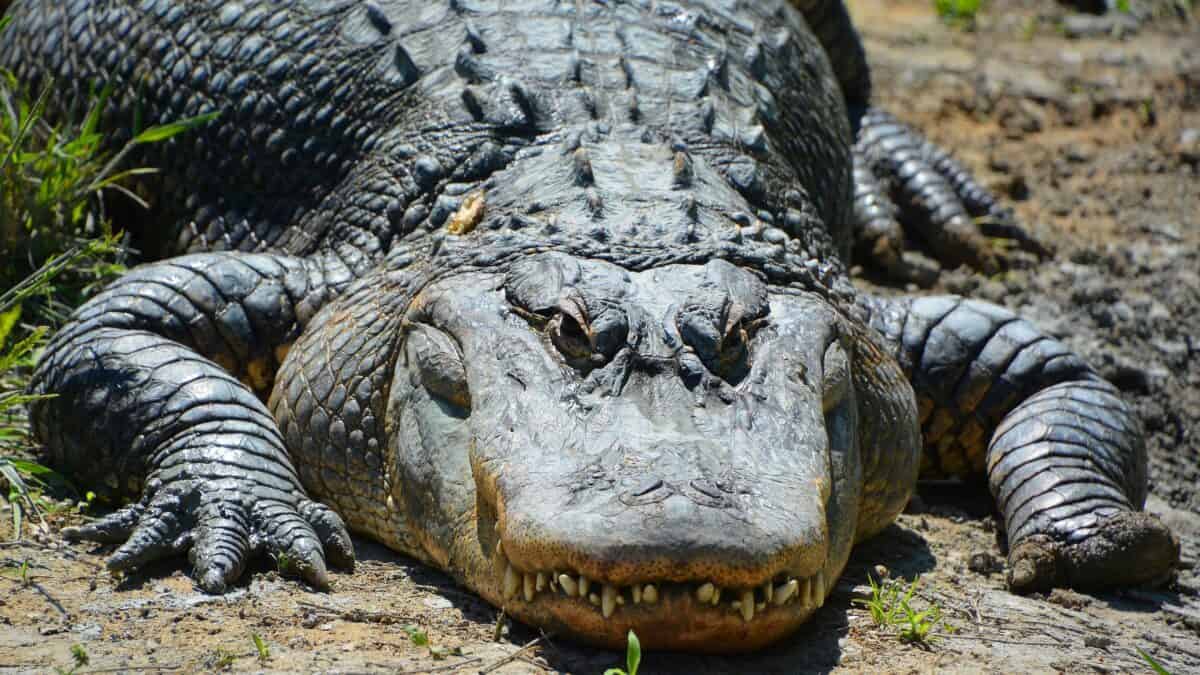
Alligators can remain submerged underwater for extraordinary periods—up to two hours when resting and approximately 24 minutes when active. This remarkable breath-holding ability stems from several specialized adaptations. Their metabolism can slow dramatically underwater, reducing oxygen demand. Additionally, alligators can redirect blood flow away from non-essential body parts to supply critical organs like the brain. Perhaps most impressive is their unique hemoglobin structure that allows their blood to carry oxygen more efficiently than mammalian blood under low-oxygen conditions. During winter brumation, this ability reaches its peak, with alligators surfacing to breathe as infrequently as once every 4-5 hours. This adaptation allows alligators to remain hidden underwater while hunting or avoiding threats, and contributes significantly to their success as ambush predators in aquatic environments.
4. See Perfectly in Near-Total Darkness

Alligators possess some of the most remarkable night vision in the animal kingdom, with specialized adaptations that allow them to hunt effectively in near-total darkness. Behind their retinas lies a layer of guanine crystals called the tapetum lucidum, which reflects light back through the retina for a second chance at light absorption—essentially doubling their light sensitivity. This adaptation creates the distinctive red eyeshine when alligator eyes are illuminated at night. Additionally, their vertical slit pupils can open extremely wide in darkness while closing to pinpoints in bright conditions, providing exceptional adaptability across lighting conditions. Alligators also possess specialized photoreceptors sensitive to polarized light, potentially allowing them to detect prey disturbances on water surfaces even in minimal light. These visual adaptations, combined with their pressure-sensitive integumentary sense organs, make alligators formidable nocturnal hunters.
3. Regulate Their Body Temperature With Precision
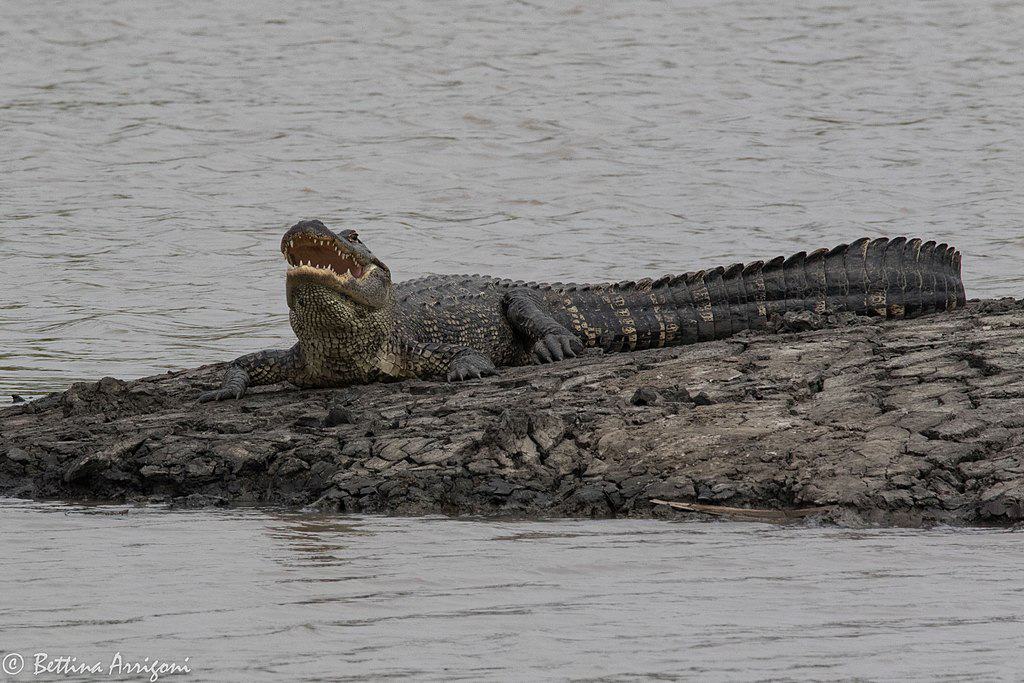
Despite being classified as ectotherms (cold-blooded), alligators display sophisticated thermoregulatory behaviors that allow them to maintain surprisingly stable internal temperatures. Through a process called behavioral thermoregulation, alligators shuttle between sun and shade, land and water to achieve optimal body temperatures around 86-88°F (30-31°C). During colder periods, they can increase their metabolic rate through muscle contractions, generating internal heat. Conversely, during extreme heat, they employ “gaping” behavior—opening their mouths to release heat through evaporative cooling. Their bodies also contain specialized blood vessels arranged in “countercurrent heat exchangers” that conserve heat in cooler environments. Perhaps most remarkably, female alligators maintain near-constant nest temperatures despite environmental fluctuations by adding or removing vegetation, positioning their bodies over nests to provide shade, or even spraying water from their mouths to cool eggs during extreme heat—demonstrating a level of temperature management typically associated with warm-blooded animals.
2. Coordinate Group Hunting Strategies

While typically viewed as solitary hunters, alligators have been documented engaging in sophisticated cooperative hunting behaviors. In lakes and large rivers, groups of alligators will coordinate to form semicircles around schools of fish, herding them toward shorelines for easier capture. Researchers have observed as many as eight alligators participating in these coordinated hunts. Even more remarkably, alligators and dolphins have been documented appearing to cooperate during fish migrations in coastal areas, with each species benefiting from the other’s hunting methods that drive fish into accessible groups. During periods when birds are feeding young in colonies, multiple alligators may position themselves strategically below nests, seemingly maximizing the group’s chances of capturing fallen chicks or adult birds. This cooperative behavior suggests levels of social intelligence and coordination previously underestimated in reptiles and demonstrates their behavioral adaptability as predators.
1. Generate Electrical Fields for Sensing

One of the most recently discovered and remarkable alligator abilities is their capacity to detect and potentially generate electrical fields. The dome pressure receptors dotting their faces contain specialized cells similar to electroreceptors found in sharks and platypuses. These receptors appear capable of detecting the minute electrical fields generated by nearby animals’ muscle movements and heartbeats—particularly useful when hunting in murky waters where visibility is severely limited. Even more fascinating, preliminary research suggests alligators might generate their own weak electrical fields through specialized glands in their jaws. This potential bioelectric capability could help them detect objects or prey hidden in vegetation or murky sediments. While research into this ability is ongoing, it represents yet another sophisticated sensory adaptation that has contributed to the alligator’s evolutionary success and adds to our understanding of these complex reptiles as highly specialized predators.
Conclusion: The Remarkable Adaptability of Nature’s Perfect Predator
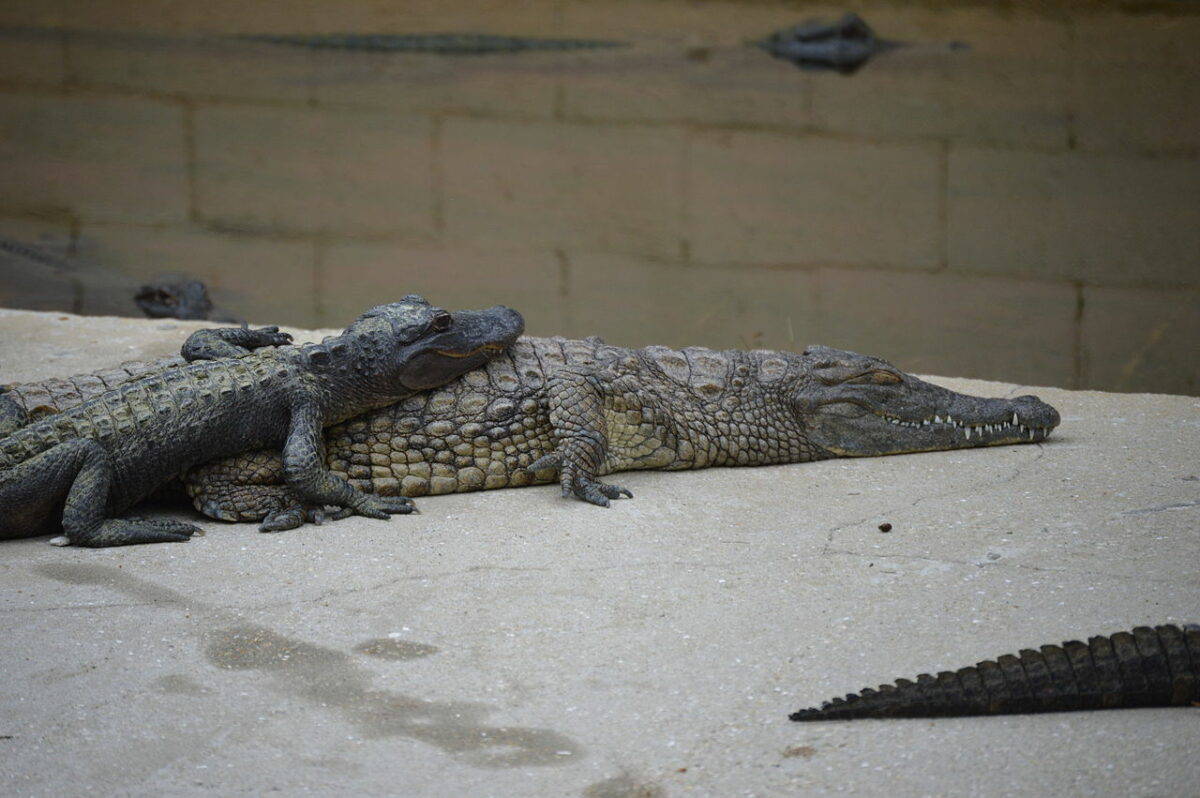
The extraordinary capabilities of alligators reveal a creature that is far more than a relic of the past. From tool use and group hunting to surviving in frozen water and healing from devastating injuries, these adaptations are the product of millions of years of fine-tuned evolution. Alligators have endured mass extinctions, ice ages, and dramatic environmental shifts—outlasting the dinosaurs and continuing to thrive in the modern world. Their survival is not due to brute strength alone, but to a suite of finely honed traits that blend intelligence, resilience, and biological ingenuity. As science continues to uncover the depths of their behavior and physiology, one truth becomes clear: the American alligator is not just a living fossil—it is a masterclass in adaptability, and one of nature’s most successful survivors.
- Why These National Parks Are Becoming More Dangerous for Visitors - August 24, 2025
- 12 Animals That Can Live Without Oxygen - August 24, 2025
- 10 Pets That Outlive Their Owners - August 24, 2025
